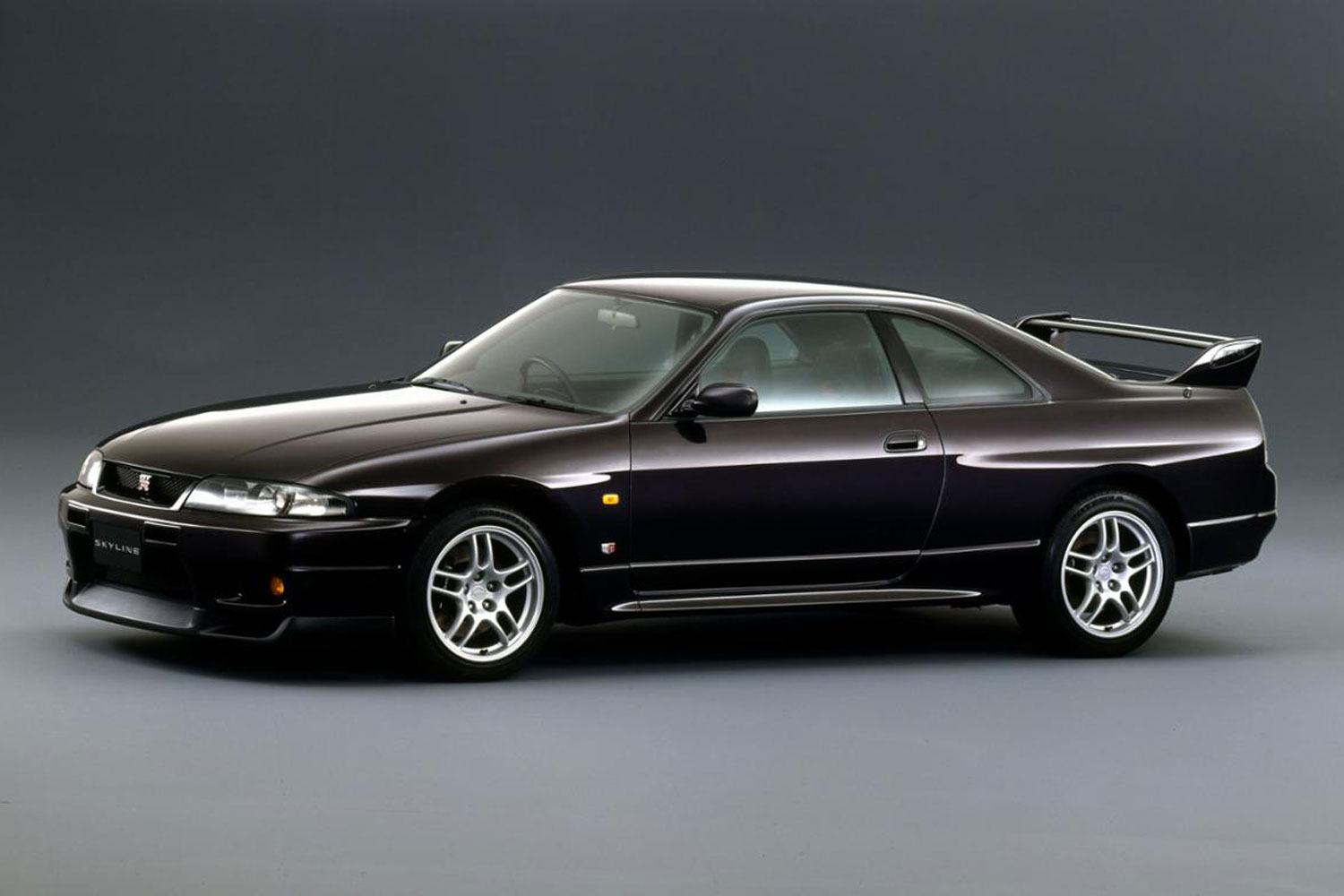How Do You Import a Car From Japan to the US?
Taking advantage of the 25-year rule to score a sought-after JDM vehicle.
 Nissan
Nissan
Enthusiasts are importing Japanese market vehicles to the United States with increasing regularity, especially as the legal window to register these vehicles in the U.S. has opened up to include many desirable 1990s-era models.
How can you import a car from Japan to the U.S.? Here are the basic steps from the initial point of sale, to the paperwork required by the Department of Motor Vehicles (DMV).
Which vehicles can I legally import from Japan?
Most vehicles sold in Japan were built specifically for that market and are referred to as “JDM” (Japanese domestic market) cars. The vast majority of these vehicles are right-hand drive, the standard in Japan. Most JDM vehicles don't conform to the federal motor vehicle safety standards (FMVSS) that are a must for car registration on U.S. roads. Fortunately, there is an exemption to this rule for any vehicle that is 25 years old or more, regardless of where it was built.
Some companies, such as BMW and Mercedes-Benz, sell left-hand drive models in Japan similar to their home market versions when it comes to emissions and safety features. These may be eligible for import due to their easier federalization (modifications and attestations required to meet FMVSS), even if they are newer than 25 years old.
One of the popular JDM cars that are often imported—and there are quite a few—are several generations of Nissan Skyline. Next year the coveted R34 (built from 1998-2002) generation will be eligible for import, but this year the latest you can import under the 25-year-rule is the R33 Skyline (1993-1998) generation, like the 1995 Nissan Skyline GT-R at the top of this article.
It's also possible to import vehicles using the "Show And Display" exemption, established to showcase vehicles the National Highway Traffic Safety Administration (NHTSA) considers to be significant in terms of their historical value or technological accomplishments. These vehicles are subject to more restrictive terms of where and how owners can drive them.
How do I make the purchase?
There are three primary ways to purchase a Japanese-market car. You can always use an online classified site that lists vehicles for sale or pay to bid on used vehicle auctions in the country.
The simplest method, however, is to engage an import broker or dealer with boots on the ground in Japan to handle the transaction. This engagement generally costs more money than doing it yourself, but these brokers have the contacts and knowledge necessary to fill out the proper paperwork (including a commercial invoice, export certificate in both Japanese and English, Customs, Environmental Protection Agency and Department of Transportation forms, and take care of the purchase details. These are the documents you will need to present at your state DMV to title or register the vehicle in your name.
How can I transport the car to the U.S.?
Many dealers and import brokers have transport options available for you. If you are arranging transport on your own, you can typically choose between several shipping methods, including container services (shared or single-car) or roll-on, roll-off cargo carriers where the vehicle is driven from port to boat to train. It can take up to 10 weeks for your purchase to make it across the ocean.
What import fees do I have to pay?
You can expect to pay about 2.5% of the purchase price as the customs duty on a vehicle imported from Japan to the United States.
Written by humans.
Edited by humans.
 Benjamin Hunting
Benjamin HuntingBenjamin Hunting is a writer and podcast host who contributes to a number of newspapers, automotive magazines, and online publications. More than a decade into his career, he enjoys keeping the shiny side up during track days and always has one too many classic vehicle projects partially disassembled in his garage at any given time. Remember, if it's not leaking, it's probably empty.
Related articles
View more related articles